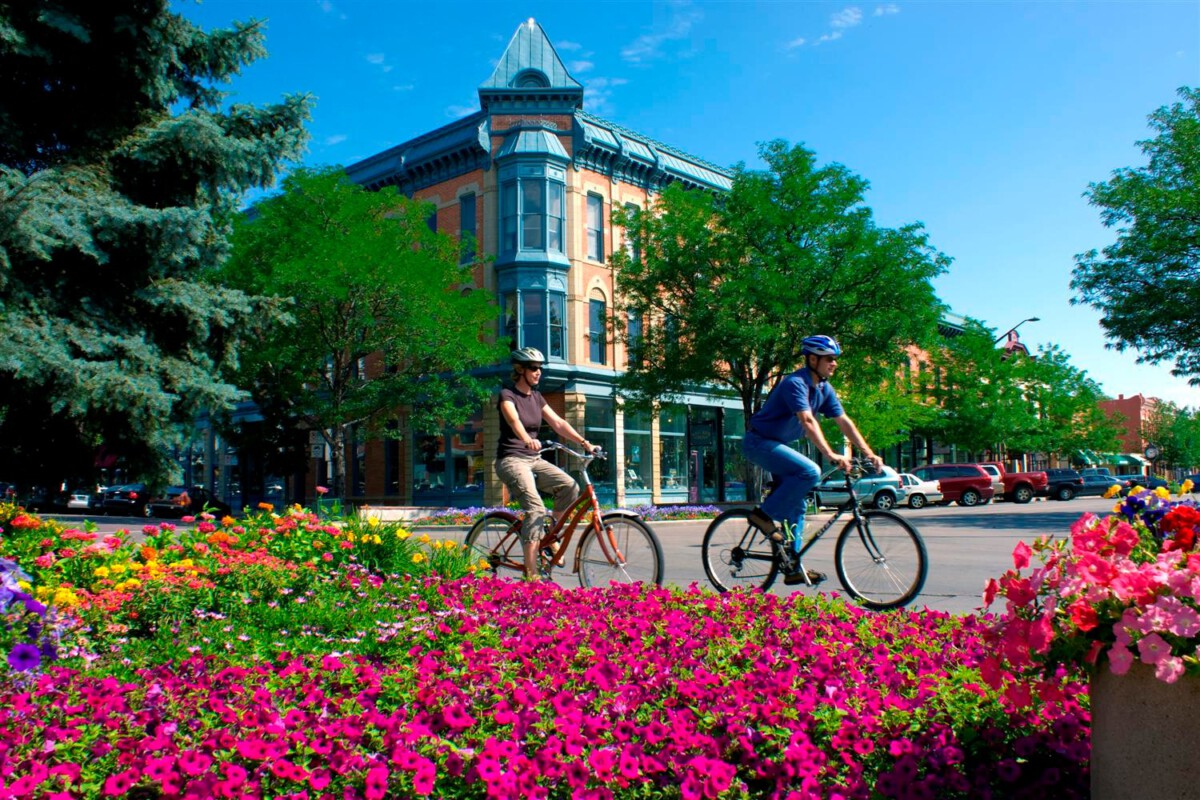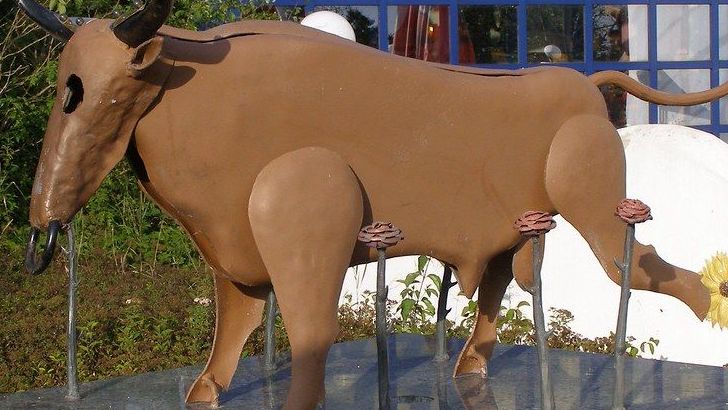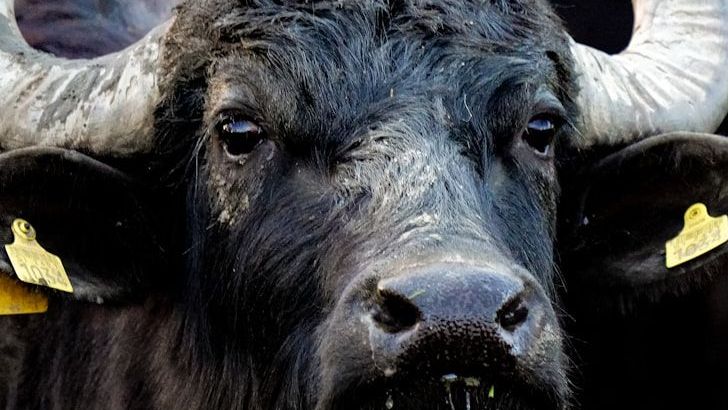California – The Tech and Entertainment Capital of the World

If California were an independent nation, it would rank as the fourth largest economy in the world in nominal terms, behind Germany and ahead of Japan. Additionally, California’s Silicon Valley is home to some of the world’s most valuable technology companies, including Apple, Alphabet, and Nvidia. In 2024, California’s growth rate of 6% outpaced the top three economies: U.S. (5.3%), China (2.6%) and Germany (2.9%). Leading the next generation, California is home to 35 of the world’s 50 leading AI companies, high-tech research and education institutions, and a quarter of the technology’s patents and conference papers. Beyond tech, Hollywood has shaped global entertainment culture for over a century, though the industry has been struggling in recent years, with overall economic output on decline.
Texas – The Energy and Economic Powerhouse

Texas, a state Democrats had been hoping to make competitive for many electoral cycles, swung nearly as hard Trump’s way. In both states, Trump’s gains among Latino voters were a substantial part of the story. California had the largest number of housing units (14.9 million), followed by Texas (12.6 million) and Florida (10.6 million). Texas has long been America’s oil and gas capital, with its massive energy sector driving not just the state’s economy but influencing national energy policy. The state’s business-friendly environment has attracted major corporations, making it a hub for both traditional industries and emerging technologies. If California and New York are big state anchors for Democrats in the Electoral College, Texas and Florida play the same role for Republicans.
Florida – America’s Playground and Retirement Haven
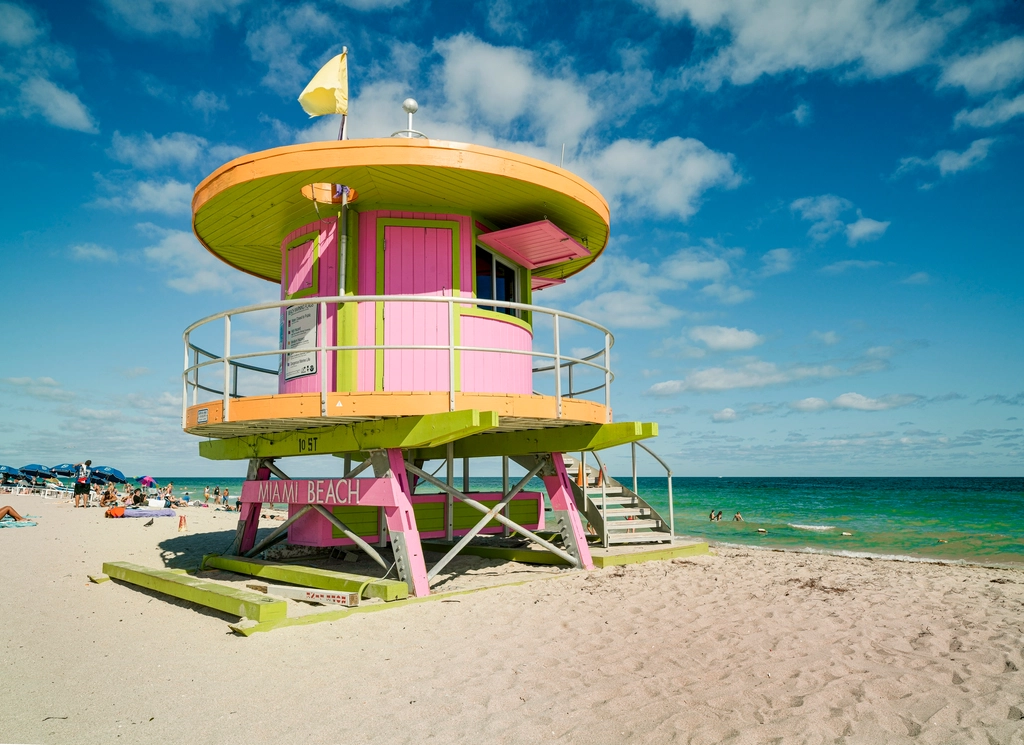
Florida is the second most visited state by foreign travelers. There’s a lot to do in Florida. Florida is also well known for its amusement parks, most notably Walt Disney World. The state also has consistent warm weather for most of the year and plenty of sunshine, warranting plenty of outdoor activities like beach trips, boating, and fishing. The Sunshine State has transformed itself into more than just a vacation destination – it’s become a major population magnet for retirees and young professionals alike. Barack Obama carried Florida in both 2008 and 2012, but it has been moving steadily toward the Republicans, and the swing to Trump in 2024 was one of his largest in the nation. Florida’s lack of state income tax, combined with its year-round warmth, continues to attract millions seeking both leisure and permanent residence.
New York – The Financial and Cultural Heart of America

New York, specifically New York City, is well known for its culture, history, entertainment, art, music, and sports. Wall Street remains the undisputed financial capital of the world, while Broadway sets the standard for live theater globally. New York had the largest number of Indian students in the USA, with 22,279 students. It was closely followed by California with 20,106 students. The large swings toward Trump in New York suggested a resurgence of Republicanism first visible in the 2022 midterm elections—even if 2024 Democrats recovered some of the House seats they lost three years ago in the state. Despite political shifts, New York City’s influence on fashion, finance, media, and arts remains unmatched worldwide.
Massachusetts – The Education and Healthcare Pioneer
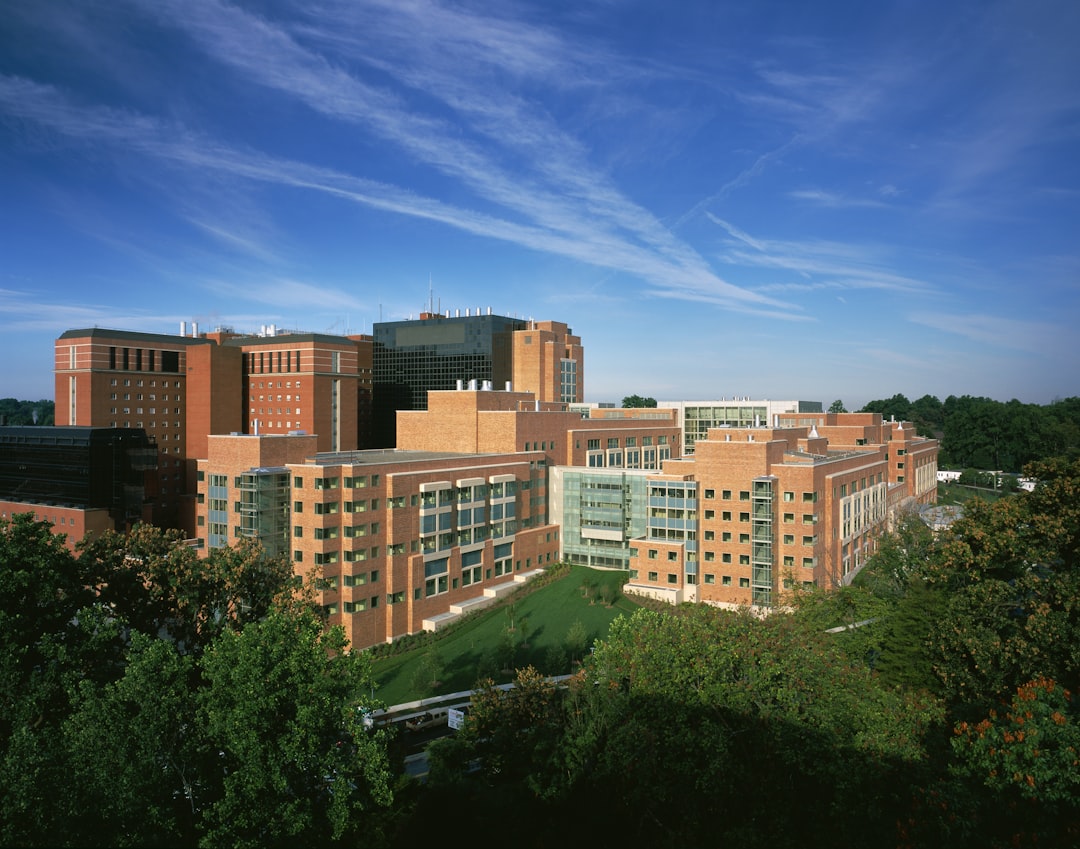
Massachusetts also does well across lifestyle metrics, with some of the lowest levels of obesity and tobacco use in the country. Infrastructure in Massachusetts, however, ranks among the worst in the nation. Home to Harvard, MIT, and numerous other world-class institutions, Massachusetts has earned its reputation as America’s brain trust. Other best state to live in USA with significant Indian student populations included Texas (19,382), Massachusetts (16,407), Illinois (12,209), and Arizona (8,345). The state pioneered universal healthcare coverage and continues to lead in medical research and biotechnology innovation. A 2021 report determined that a quarter of Massachusetts’ roads were in poor condition, nine percent of its bridges were structurally deficient, and 328 of its dams had high-hazard potential. Lead exposure risk is also among the worst in the nation.
Utah – The Economic Growth Champion
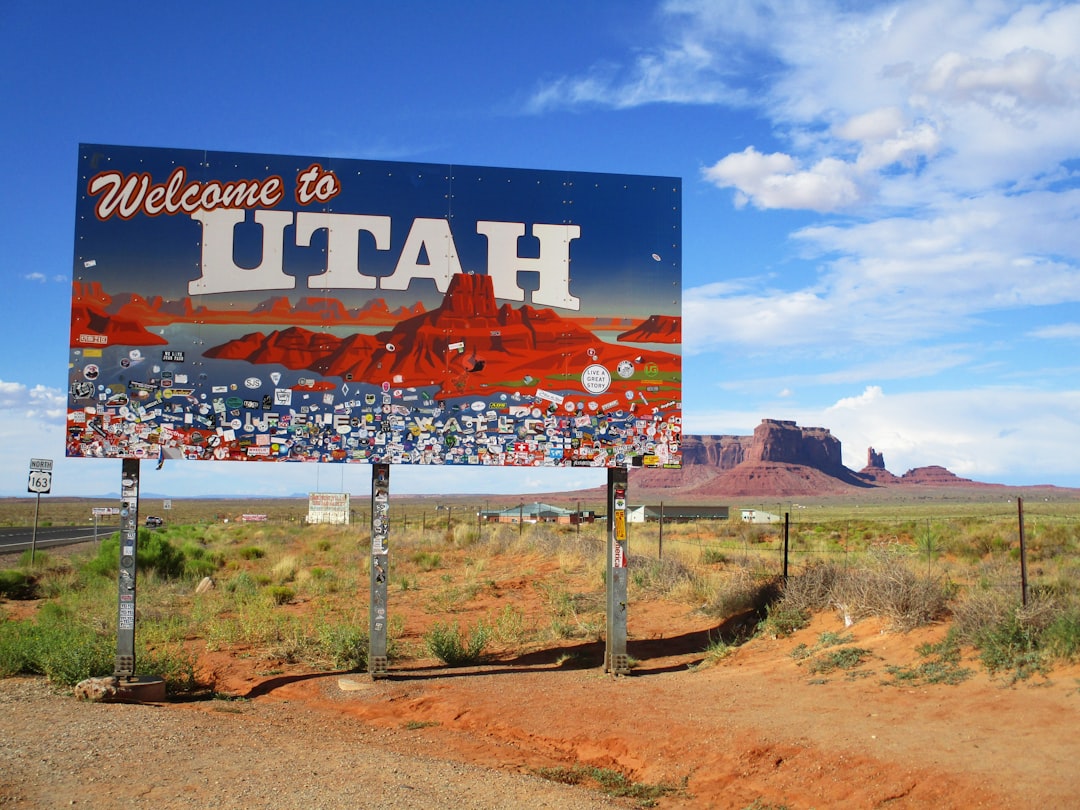
In 2024, real GDP for the nation grew at an annual rate of 2.8 percent, with the percent change ranging from 4.5 percent in Utah to –0.7 percent in North Dakota. Retail trade was one of the leading contributors in Utah, the state with the largest increase in real GDP. Construction, which increased in 48 states and the District of Columbia, was the leading contributor to growth in Utah, the fourth-largest growing state. Utah has become a surprising economic powerhouse, balancing traditional values with modern business innovation. The state’s tech corridor, dubbed “Silicon Slopes,” rivals traditional tech hubs while maintaining lower costs of living. Its strong job market, family-friendly policies, and outdoor recreation opportunities have made it one of America’s fastest-growing states.
Vermont – The Progressive Pioneer of Rural America
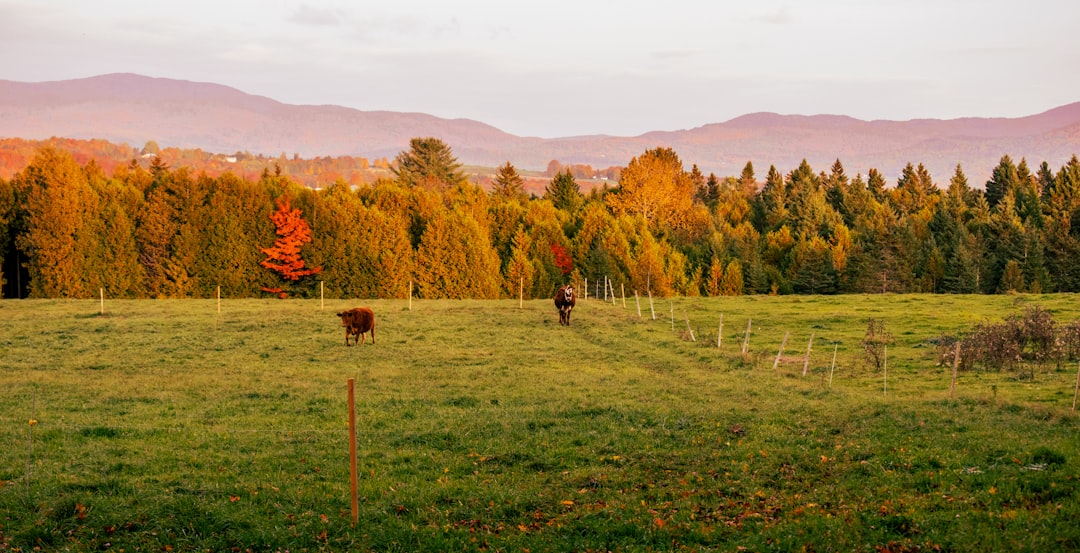
Real gross domestic product (GDP) increased in 48 states and the District of Columbia in the fourth quarter of 2024, with the percent change ranging from 5.1 percent at an annual rate in Arkansas to 0.6 percent in Vermont. Vermont stands out as America’s most progressive rural state, pioneering everything from civil unions to single-payer healthcare initiatives. Known for its maple syrup, craft beer, and Ben & Jerry’s ice cream, Vermont has successfully branded itself around artisanal quality and environmental consciousness. The Green Mountain State consistently ranks among the safest in the nation while maintaining its commitment to sustainable agriculture and renewable energy. Its small-town charm combined with progressive politics creates a unique American experience that attracts both tourists and transplants seeking an alternative lifestyle.
North Dakota – The Energy Boom Miracle
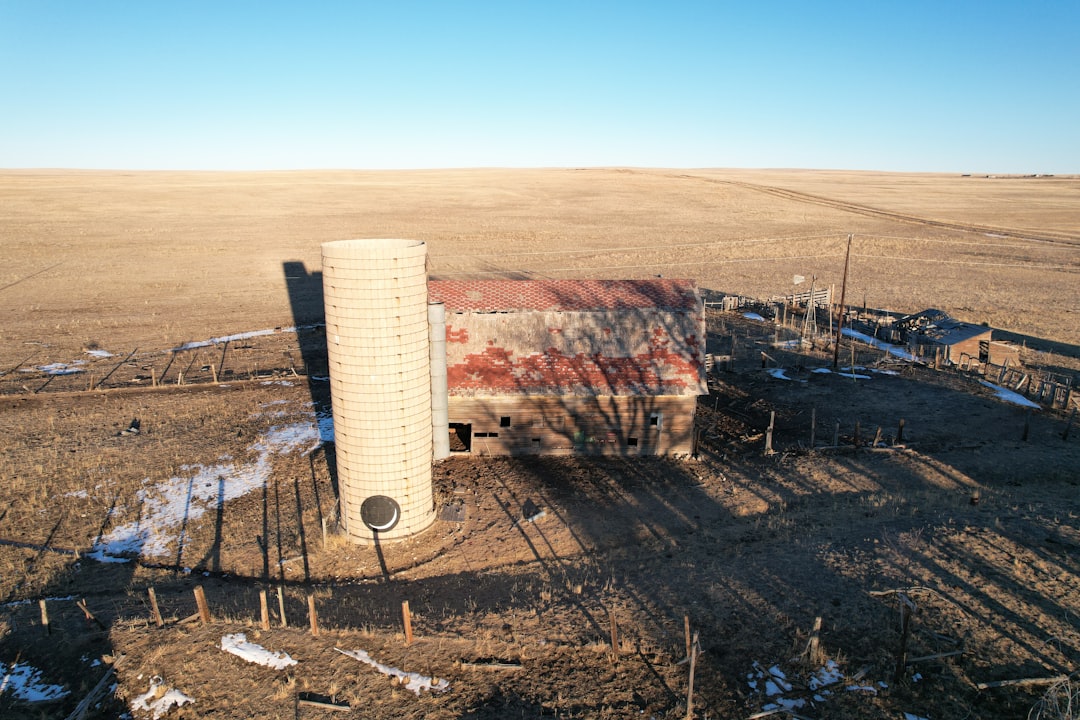
This is the third straight year North Dakota has made the top 10 in this study, and in 2025, it climbed from ninth place to second. North Dakota has a cost of living that is 5% lower than the national average and a healthy 2.1% unemployment rate, which is over two percentage points less than the national average. The state’s economy is heavily influenced by its energy sector, particularly oil and natural gas, as well as agriculture. These industries have provided economic stability and job opportunities, though they also make the state’s economy somewhat sensitive to fluctuations in global commodity prices. The Bakken Shale formation transformed North Dakota from a quiet agricultural state into an energy powerhouse, creating one of the strongest economies in the nation. In 2024, real GDP for the nation grew at an annual rate of 2.8 percent, with the percent change ranging from 4.5 percent in Utah to –0.7 percent in North Dakota.
Minnesota – The Land of 10,000 Lakes and Balanced Living
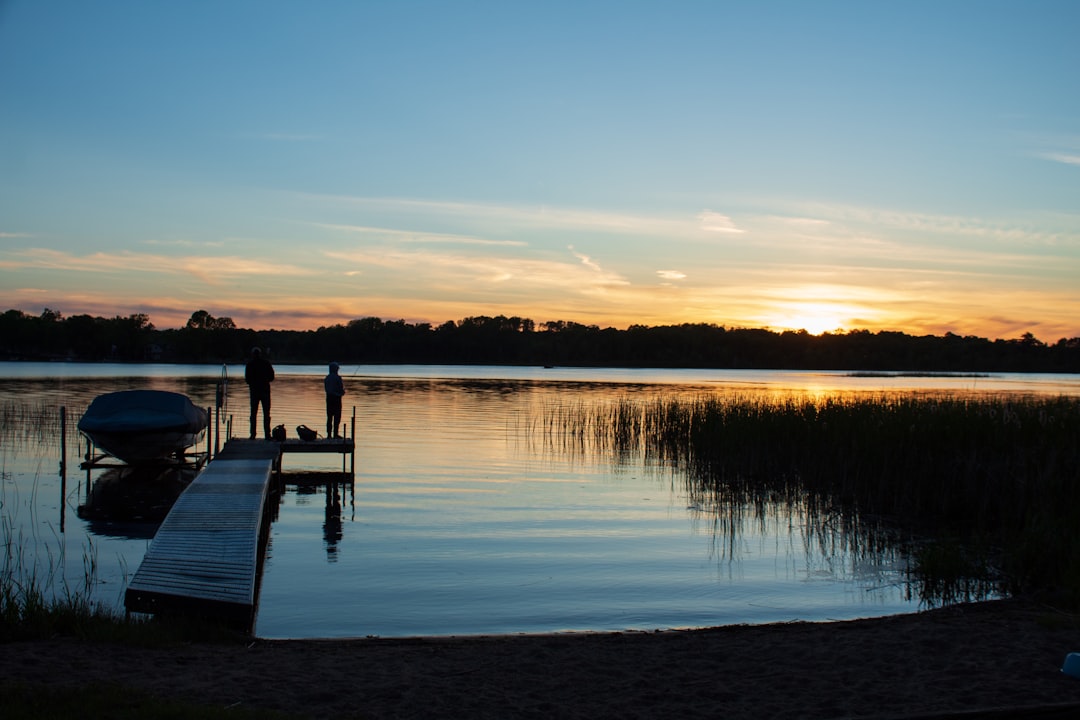
Minnesota ranks high for opportunity metrics. The state has one of the lowest poverty levels in the country, with nine percent of residents living at or below the poverty line in 2021. Minnesota also has one of the lowest levels of unemployment and food insecurity and one of the country’s highest levels of homeownership. After finishing fourth in each of the last two years, Minnesota climbed a notch to third place this year. Its 2.5% unemployment rate is tied for fifth-lowest in the nation. Minnesota is known for its robust healthcare, education, and manufacturing sectors, which provide a steady stream of job opportunities and contribute to economic stability. Minnesota’s economy is also bolstered by a highly educated workforce and a strong tradition of innovation, particularly in industries like technology and medical devices.
Colorado – The Outdoor Recreation Mecca
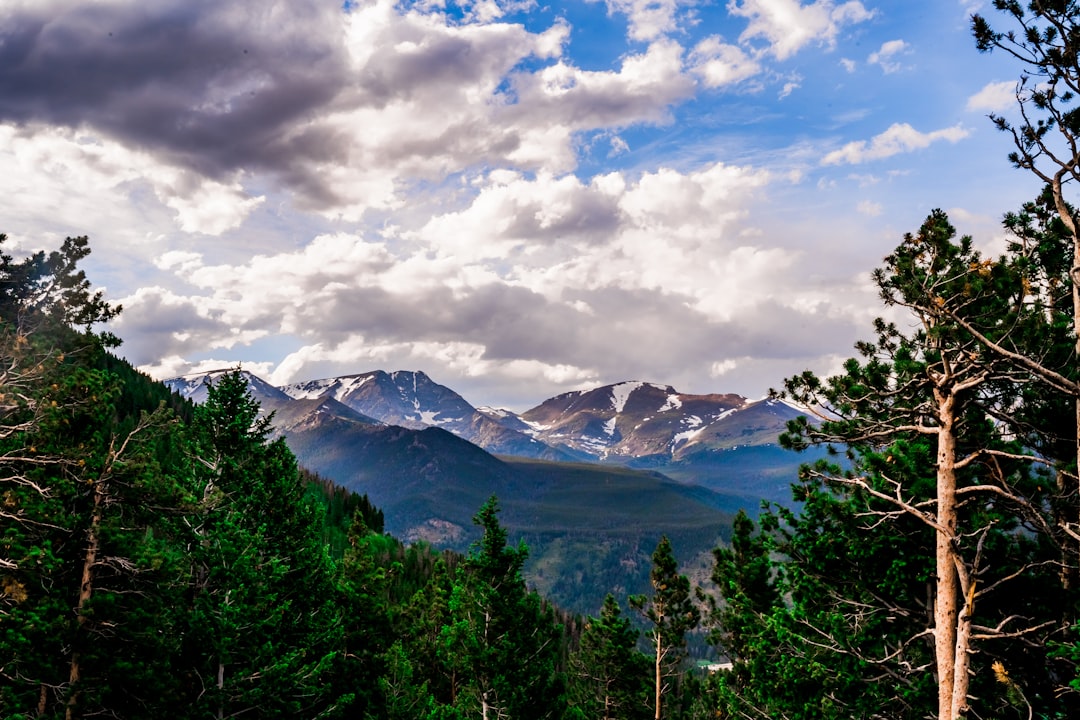
Colorado is known for its high quality of life, though its cost of living is above the national average, particularly in housing. Cities like Denver and Boulder have seen significant increases in housing prices due to high demand and rapid population growth. Despite the higher costs, Colorado’s strong and diverse economy makes it an attractive place to live. The state’s economy is driven by industries such as technology, aerospace, healthcare, and tourism, with its stunning natural landscapes fueling a thriving outdoor recreation sector. Colorado also has a burgeoning renewable energy industry, reflecting its commitment to sustainability. The state’s educated workforce and entrepreneurial spirit have made it a magnet for startups and innovation. While the cost of living may be higher, Colorado’s economic opportunities and lifestyle advantages make it an appealing destination for those seeking career growth and an active, outdoor-oriented way of life.
Arkansas – The Agricultural Comeback Story
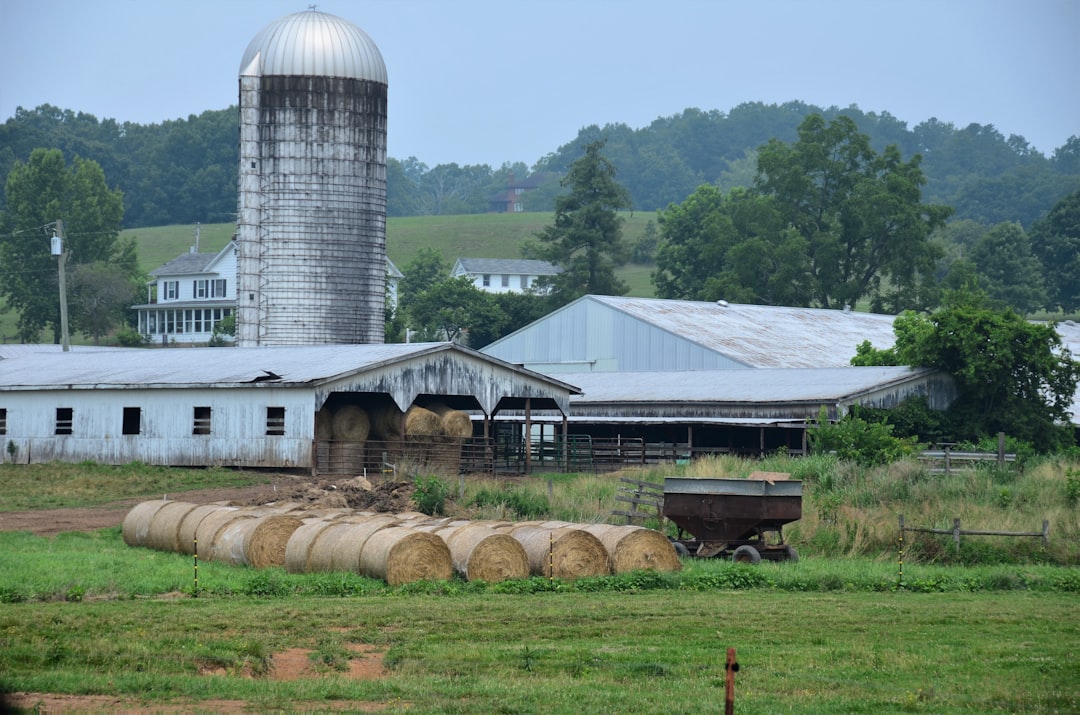
Real gross domestic product (GDP) increased in 48 states and the District of Columbia in the fourth quarter of 2024, with the percent change ranging from 5.1 percent at an annual rate in Arkansas to 0.6 percent in Vermont. Agriculture, forestry, fishing, and hunting, which increased in 17 states, was the leading contributor to growth in six states including Arkansas, Mississippi, and Alabama, the states with the first-, second-, and fifth-largest increases in real GDP, respectively. Arkansas has quietly transformed itself from a primarily agricultural state to a diverse economy anchored by major corporations like Walmart and Tyson Foods. The state’s combination of low costs, central location, and business-friendly policies has attracted logistics and manufacturing companies. Rice, soybeans, and poultry remain major exports, but Arkansas now balances traditional farming with modern supply chain operations that serve the entire nation.
Hawaii – America’s Tropical Paradise

Hawaii is the country’s piece of paradise. Who wouldn’t want to have a tropical getaway? The Golden State now only trails Hawaii, and the prices are much higher than the national average of $3.06 per gallon. Hawaii stands alone as America’s only tropical state, creating a unique economy built around tourism, military presence, and agricultural exports like coffee and macadamia nuts. The Aloha State faces unique challenges with its isolated location and high cost of living, but its natural beauty and strategic Pacific location make it irreplaceable for both leisure and defense purposes. Hawaii (0.1%), Alaska (0.2%) and Rhode Island (0.2%) had the slowest rates of housing growth.
Alaska – The Last Frontier’s Resource Wealth
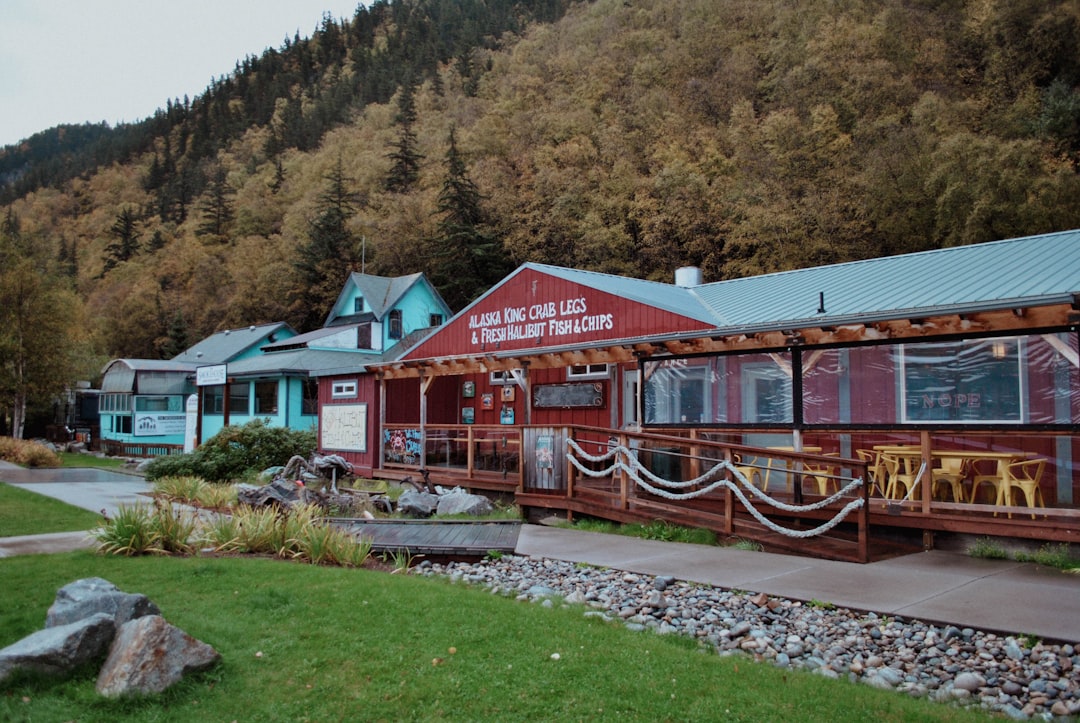
Mining, which increased in 45 states, was the leading contributor to growth in five states including Alaska, the state with the third-largest increase in real GDP. Alaska remains America’s resource extraction capital, with oil, natural gas, and seafood driving its economy. The Alaska Permanent Fund Dividend provides residents with annual payments from oil revenues, creating a unique socialist element in an otherwise rugged individualist state. California had the largest number of housing units (14.9 million), followed by Texas (12.6 million) and Florida (10.6 million), while Wyoming (282,000) and Alaska (330,000) had the fewest housing units. Hawaii (0.1%), Alaska (0.2%) and Rhode Island (0.2%) had the slowest rates of housing growth. Despite its harsh climate and remote location, Alaska’s natural resources and untamed wilderness continue to attract adventurers and workers seeking high-paying jobs.
Wisconsin – America’s Dairyland and Manufacturing Hub

The title of the best state to live in USA in 2024 goes to Green Bay, Wisconsin, according to US News & World Report’s rankings for both 2023 and 2024. Green Bay’s top spot is a testament to its exceptional living conditions and overall appeal, making it an attractive destination for those seeking a new place to call home. Wisconsin has built its identity around dairy farming and cheese production, but the state’s economy extends far beyond agriculture. Manufacturing, particularly in machinery and paper products, remains strong while the state maintains its reputation for quality of life. Green Bay’s recognition as a top place to live reflects Wisconsin’s balance of economic opportunity, outdoor recreation, and community values that have kept families rooted for generations.
The diversity across America’s 50 states creates a tapestry of opportunities, from California’s innovation centers to Arkansas’s agricultural revival. Each state has found its niche in the national economy while maintaining distinct cultural identities. What surprises you most about your home state’s specialty?


